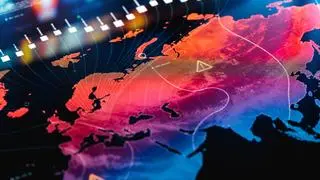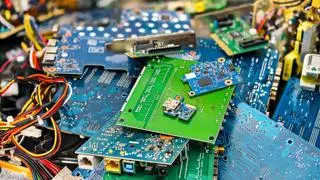Upcycling is a form of recycling where unused items or materials are transformed into desirable, high-value products.
Upcycling reduces the strain on valuable resources such as fuel, forests and water supplies. It helps safeguard wildlife habitats, reduces air and water pollution, and ensures less hazardous waste production. The product has a longer lifespan.
Commonly upcycled materials include wood, leather garments, leather, fabrics, glass, carboard, tin and packaging. The textile and fashion industry, and furniture and home accessories businesses are suited for upcyling.
Related Stories
The hot-button issue of air conditioners
How to tame a cooling technology that heats up the planetRelated Stories
Can net-zero hitch a ride with sustainable mobility?
Nearly 30% of greenhouse gases come from vehicle emissionsRelated Stories
Human toll of heatwaves
Record-breaking hot months are more frequent today than before, endangering human healthDowncycling is used to describe a recycled product that is not as structurally strong as the original product made from virgin materials. Plastic and cardboard are good examples. Downcycled materials can only be used to make a product that’s different from the original. Downcycled plastic products can’t be recycled again.
Plastic containers, for instance, are broken into plastic flakes. The flakes are pelletised, then extruded and spun into yarn or thread for carpets or garments. Pelletization is used in making outdoor furniture, large containers (like garbage bins) and flooring.








Comments
Comments have to be in English, and in full sentences. They cannot be abusive or personal. Please abide by our community guidelines for posting your comments.
We have migrated to a new commenting platform. If you are already a registered user of TheHindu Businessline and logged in, you may continue to engage with our articles. If you do not have an account please register and login to post comments. Users can access their older comments by logging into their accounts on Vuukle.